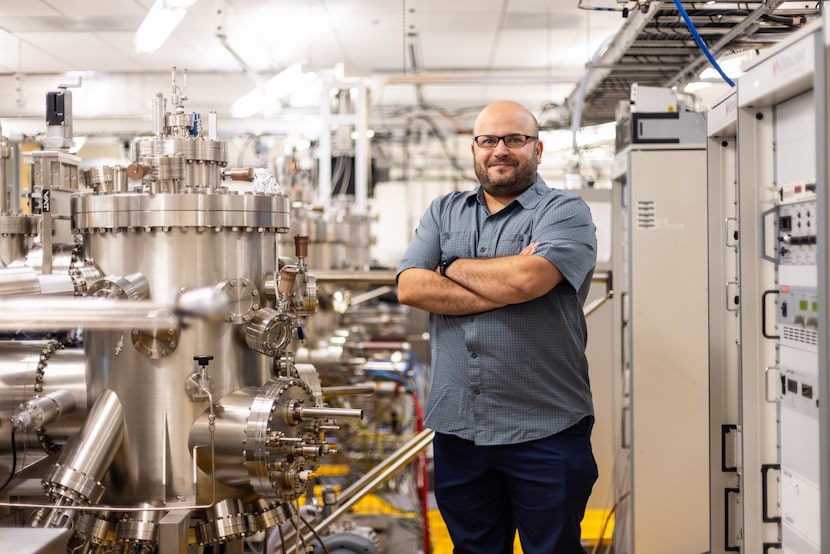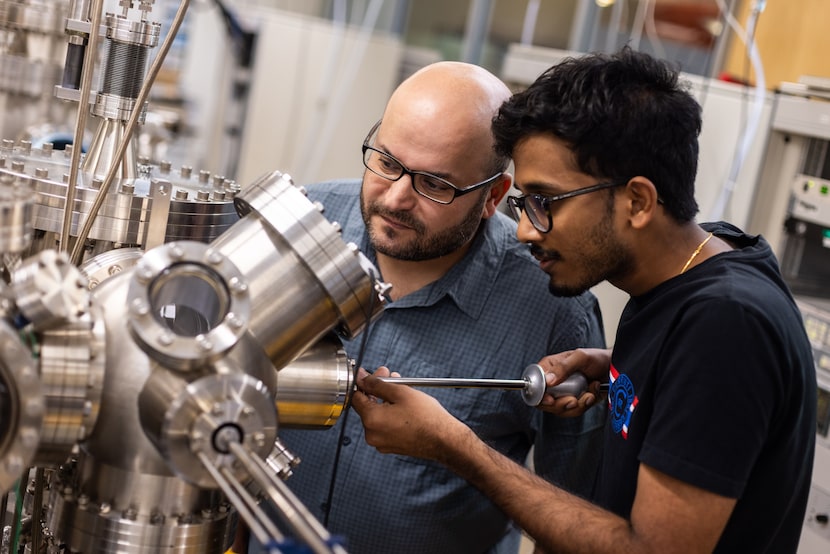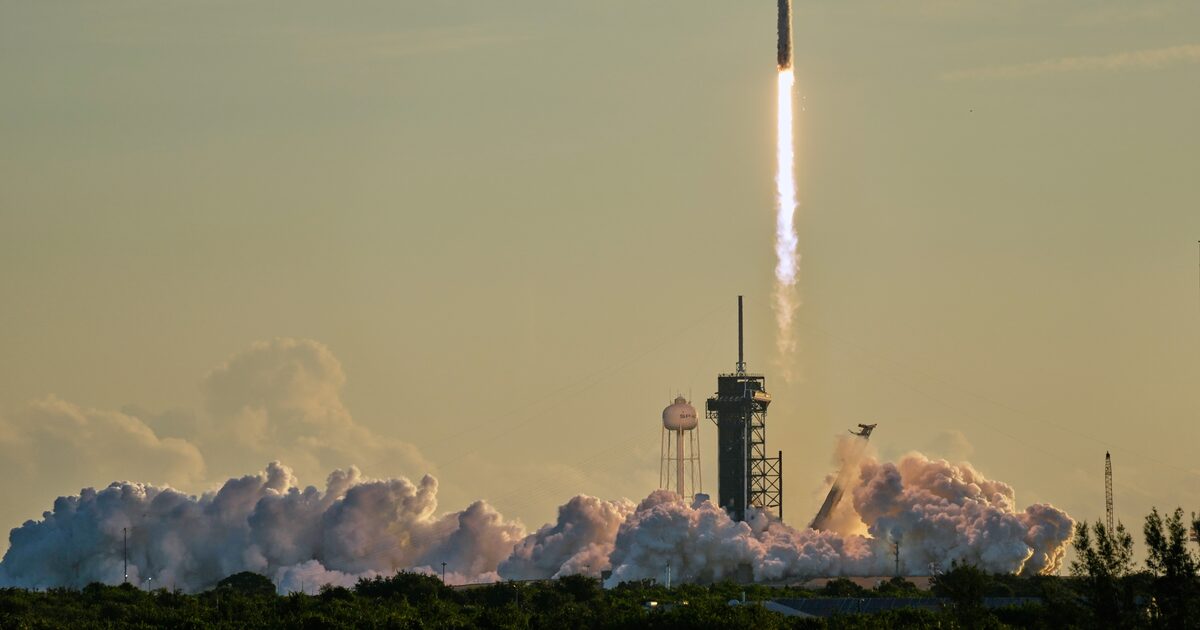From weather and GPS to the internet and telecommunications, much of modern life depends on the growing swarm of satellites orbiting Earth. At the University of Texas at Dallas, researchers are working to toughen up these machines against the hazards of space.
Backed by a two-year, $1 million grant from the federal government’s Defense Advanced Research Projects Agency, the team is designing a protective coating to counter atmospheric drag and erosion, the two biggest threats to satellites in low Earth orbit, around 1,200 miles above the planet.
“This project marks a significant advancement in creating materials that enhance space resilience, providing long-term protection for essential components in upcoming space missions,” said Rafik Addou, the assistant professor of materials science and engineering at UT Dallas who is leading the research, in a press release.
Designing resiliency
Breaking News
Satellites in space receive radio signals and data from Earth and beam them back. As of Oct. 23, there are over 14,000 satellites orbiting the planet, nearly 7,000 of which are active in low Earth orbit, according to the satellite tracking website Orbiting Now.

Rafik Addou is an assistant professor of materials science and engineering at UT Dallas and the leader of the research project.
sarah wall
For low Earth orbit satellites, atmospheric drag is much like flying into a strong headwind. Gas molecules in the upper atmosphere constantly collide with satellites; when the Sun becomes more active — such as during a solar storm — the density of those molecules increases. Each collision is tiny, but cumulatively they can alter a satellite’s speed and altitude, shortening its lifespan.
For example, 38 Starlink satellites fell out of orbit after a geomagnetic storm hit Earth’s atmosphere in February 2022. Solar eruptions made the upper atmosphere thicker than usual, causing extra drag. Some research suggests the Starlink satellites were launched too low and were relatively light for their size, contributing to the impact of the drag.
The other foe of low-orbit satellites is atomic oxygen. These single oxygen atoms move at high speeds, chewing away at and corroding exposed surfaces over time.
The protective coating being designed at UT Dallas aims to blunt both atmospheric drag and erosion. Using a method that turns nanoparticles in a liquid solution into solid materials, the team creates a smooth protective layer resistant to atmospheric drag. They then use an application technique to paint on one or several layers precisely and evenly, just a few atoms thick each time. Results from independent tests show the coating withstood atomic-oxygen conditions harsher than those in space, Addou said.
Future goals
The research comes at a time when as many as 70,000 low Earth orbit satellites are expected to be launched over the next five years, according to a 2025 report by Goldman Sachs Research. The cost of launching a satellite can range from the tens to hundreds of millions of dollars.

Rafik Addou (left), assistant professor of materials science and engineering, and graduate student Joslin Prasanna. Addou was awarded a grant to develop and test protective coating for satellites to withstand extreme conditions in space.
sarah wall
Since satellites typically last about five years before falling back to Earth, Addou hopes this work will extend their lifespans. He and his colleagues also hope their coating could one day allow satellites to fly safely in the very low Earth orbit, about 60 to 280 miles above the planet, where there are more damaging levels of atomic oxygen.
Flying satellites in very low Earth orbit is being considered by some space scientists and others as a solution to the overcrowding of satellites and space junk in low Earth orbit. Some scientists say very low Earth orbit satellites could lead to quicker communications systems and better imagery resolution, thereby reducing satellite size and cost.
Miriam Fauzia is a science reporting fellow at The Dallas Morning News. Her fellowship is supported by the University of Texas at Dallas. The News makes all editorial decisions.

